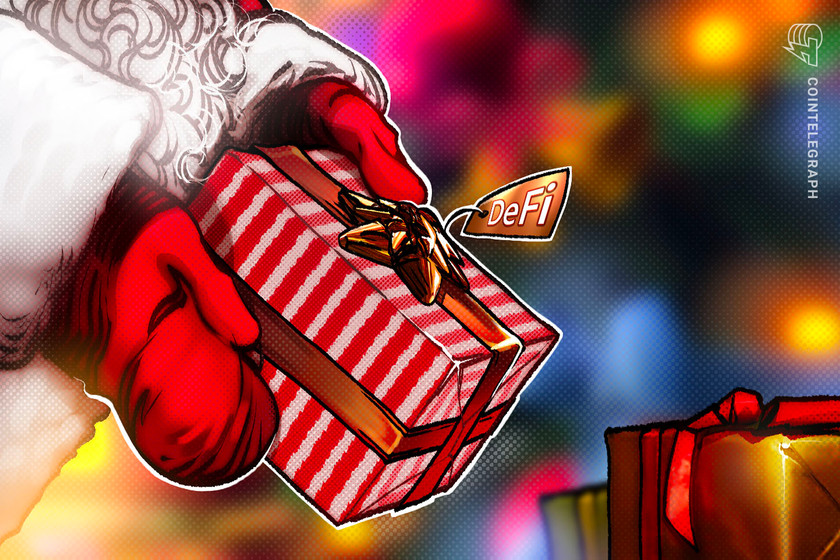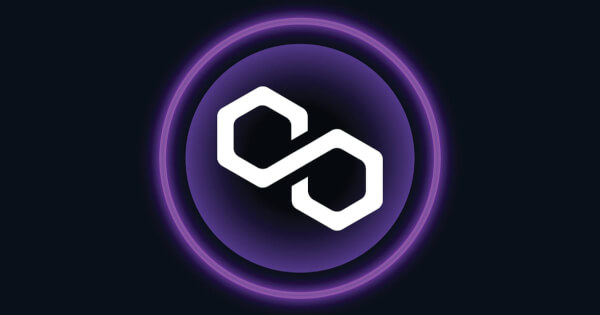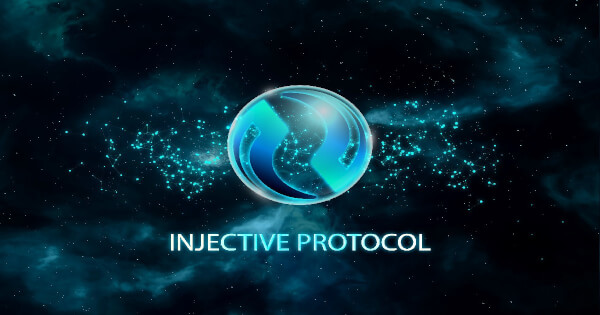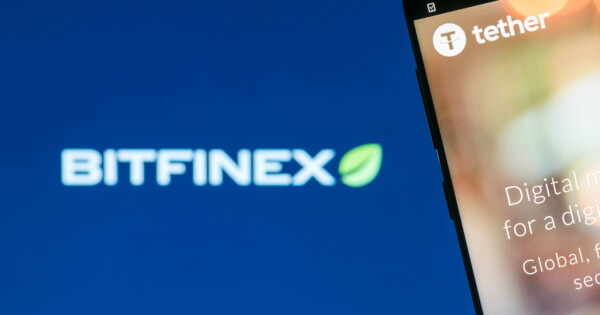
Decentralized technologies’ insiders shared their views on DeFi and on the role, achievements and challenges the space faced in 2021.
Yaniv Tal of The Graph
Yaniv is a co-founder and CEO at Edge & Node, and co-founder of The Graph, a decentralized indexing protocol used by blockchains such as Ethereum.
“Many people and institutions got started with DeFi in 2021, but we haven’t even started mass adoption yet. As more and more retail and payment systems start integrating with crypto, people will be able to keep their money in crypto, bypassing the traditional banking system, and benefit from high interest rates made possible by the productive use of protocol tokens.”
These quotes have been edited and condensed.
The views, thoughts and opinions expressed here are the authors’ alone and do not necessarily reflect or represent the views and opinions of Cointelegraph.
Simon Peters of eToro
Simon is a crypto analyst at eToro, the world’s leading social trading platform, which offers both investing in stocks and cryptocurrencies.
“The rise of NFTs has underpinned the recent mainstream adoption of DeFi, with some of the world’s most popular NFT marketplaces (OpenSea and Rarible) running their operations on the Ethereum blockchain.
As one of the most promising sectors within the crypto market, decentralized DeFi knows no boundaries. DeFi blockchain networks are turning the tide on traditional wealth management with more and more financial institutions adopting this innovative technology. In April 2021, the European Investment Bank released a bond of 100 million euros on the Ethereum blockchain, demonstrating its intention for further innovation in traditional finance.
With more and more users becoming involved in DeFi through borrowing, lending, yield farming and trading on decentralized exchanges, underlying blockchains such as Ethereum and Solana will continue to see significant growth, and as a result, transpire in the appreciation of their native coins.”
Roger Ver of Bitcoin.com
Roger is an early Bitcoin adopter and investor. He is the executive chairman of Bitcoin.com, a site featuring cryptocurrency news in addition to an exchange and wallet service. He is also one of the five original founders of the Bitcoin Foundation.
“Most of the world has never used a DeFi product. It is up to the entrepreneurs and businesses to build the software tools that make DeFi easy, safe and useful enough for more people to want to get involved.”
Pat Arunanondchai of EvryNet
Pat is the project lead at EvryNet, a platform for cross-chain asset transfer, and bridging digital tokens between Evrynet and other blockchains.
“Token management and education about the space are issues that prevent more adoption of DeFi among the masses, as well as institutional investors. Beyond the volatility, many just see crypto as a form of payment and nothing else yet. People think that because you can’t pay for things with it, then it has no economic utility. In general, we need a better understanding of DeFi.”
Martha Reyes of Bequant
Martha is the head of research at Bequant, the digital asset exchange and prime broker.
“DeFi adoption has really kicked off in 2021, with TVL rising exponentially versus 2020. However, the number of users is still relatively small because the user experience is not easy. As an industry, crypto has very much been led by retail investors, with institutions following suit. For DeFi, institutions have gotten onboard a lot earlier in the journey and are influencing adoption much more quickly than in wider crypto. High gas fees on the Ethereum blockchain also make it less accessible for retail users. I expect the pace to pick up in 2022 as more and more banks, exchanges and financial institutions realize the benefits of decentralized finance and the entry points become more user-friendly.”
Joshua Tobkin of SupraOracles
Joshua is the CEO and co-founder of SupraOracles, which develops a blockchain network that uses real-time data on the financial markets for a secure interface and DeFi smart contracts.
“We are working to address the oracle dilemma that has led to more than $730 million being stolen from DeFi users since DeFi Summer. With advancements in this area, in particular around security and speed, I believe market confidence will improve. Ultimately, better tooling, better on-ramps and better awareness will also help. Not to mention, inflation is definitely going to be a real driver for more adoption too.”
Jason Allegrante of Fireblocks
Jason is the head regulatory counsel and global chief compliance officer at Fireblocks, a digital asset custody, transfer and settlement platform.
“Solving security, usability and compliance challenges will help bring more institutions into the market. The launch of permissioned DeFi will address these areas and create a more seamless onboarding experience for traditional fintechs and banks to enter into the arena.
These trends will converge as institutions and are pushed to scale to meet the demands from the retail market, which will see rocket-fueled growth from gaming.”
Hatu Sheikh of DAO Maker
Hatu is the co-founder and chief security officer of DAO Maker, which creates growth technologies and funding frameworks for startups, while simultaneously reducing risks for investors.
“Absolutely — 2020 and 2021 were the breakthrough years for all things DeFi. However, the room for growth and expansion is larger than the current landscape. The majority of the population is yet to grasp DeFi, its products and its utility. I believe DeFi is still in its novelty phase, with trends dominating the adoption rather than real-life uses.
However, the activity volume on DeFi protocols and a growing TVL are concrete indicators of people increasingly using DeFi products. The lending and borrowing market on DeFi has gained prominence with its transparency and ease of access, luring traditional and retail users into the DeFi space.
The further adoption of DeFi is dependent on how seamlessly it is integrated with conventional financial services. Apart from the fact that this integration will help DeFi reach the grassroots levels, it also is a gamechanger for how the financial systems work. The transparency of DeFi, coupled with the user-friendliness of conventional platforms, is a combination I’m looking forward to.”
Dominik Schiener of the Iota Foundation
Dominik is the co-founder and chairman of the Iota Foundation, an open-source distributed ledger and cryptocurrency designed for the Internet of Things.
“The biggest difference between crypto in 2017 and crypto in 2022 is the establishment of tangible business models and use cases within our ecosystem thanks to DeFi. We no longer have to wait for external parties such as large companies to drive adoption. We can do it ourselves with applications that introduce much-needed innovation to the base level of our economy — finance.
2021 has been a tremendous year for early-stage validation and growing excitement toward DeFi’s potential. But it’s still early stages. DeFi isn’t yet comparable to fintech companies like Revolut or N26 (2 million to 5 million monthly active users) or established Web2 finance players like PayPal (361 million active users). It’s anyone’s game, since no DApp in the crypto space has achieved mass adoption.
Going into 2022 and equipped with the right layer-one networks, we’re aiming for mass adoption. To achieve that, we need to eradicate the entry barriers for buying and selling crypto through regulated fiat bridges (such as banks), overhaul the user experience, reduce fees (anything above $0.1 is not acceptable), and provide the right guide rails so everyone can easily and safely participate in the decentralized economy (such as custody solutions, decentralized identity and secure wallets).
DeFi is legitimizing crypto and decentralized economies. Traditional financial institutions are already starting to participate. In 2022, we will only see an uptick in usage and adoption.
The beauty of permissionless innovation is that we are able to rapidly evolve as an ecosystem to find the best possible solutions. DeFi is the rapid innovation playground we needed to finally upgrade the finance sector with technologies that will empower everyone to participate in the global economy.”
Daniel Khoo of Nansen
Daniel is a research analyst at Nansen’s platform, which combines on-chain data with a proprietary database of activity across more than 100 M blockchain wallets to provide real-time, actionable insights for investors and financial institutions in the expanding blockchain ecosystem.
“DeFi TVL growth:
- 2020 — from $630.26 million to $19.82 billion (approximately 3,033%)
- 2021 — from $19.82 billion to $241.79 billion (approximately 1,120%)
- A large increase in TVL despite a slowdown in growth as compared to 2020
However, DeFi TVL is now more sticky. DeFi TVL held arguably better than spot, showing its resilience.
In my view, one factor would be the maturity of stablecoins. Multiple big names such as USDC, USDT, BUSD and UST play a vital role as to why TVL held up. As compared to previous cycles, when stablecoins weren’t as matured, people would liquidate their crypto positions to fiat in the event of market uncertainty or stressful conditions. However, now people can sell to stables (or, rotate to stables) and also use them to farm yield on-chain. It is also a very common strategy to farm stables on various DApps that have been battle-tested like Curve. The ability to earn a good yield, risk-adjusted, causes capital to be more sticky and thus TVL to be more resilient. This is often compared to parking capital in 0% interest rate savings accounts or even bonds. From the picture in Nansen’s stablecoin master, we can see that market caps of stablecoins have been growing steadily with the increased demand.”
Ankitt Gaur of EasyFi Network
Ankitt is the CEO of EasyFi Network, a layer-two DeFi lending protocol for digital assets.
“Yes! After the DeFi boom of 2020, we’ve seen a significant rise in the number of DeFi users. But for mass adoption to truly unfold, the user experience in DeFi and onboarding process should be simplified. We need projects to be able to blur the lines between TradFi and DeFi, facilitating a seamless transition. Solving the scalability issues and reducing the costs associated with cryptocurrencies could also propel the industry toward mass adoption.
Moreover, I believe that interoperability could also be a game-changer in DeFi. Interoperability could just improve the overall user experience in DeFi, providing a way for users to easily transact between chains and choose the one that suits them most. This is why we’ve placed a special emphasis on interoperability with EasyFi. As a layer-two lending protocol, EasyFi has multichain accessibility and bridges the various gaps in DeFi.”
Alex Tapscott of Blockchain Research Institute
Alex is a writer, speaker, investor and advisor focused on the impact of emerging technologies such as blockchain and cryptocurrencies. He is a co-founder of the Blockchain Research Institute, a multi-million-dollar think-tank that is investigating blockchain strategies, opportunities and use-cases.
“The 2020s will be the DeFi decade. Why? DeFi extends Satoshi’s concept of peer-to-peer electronic cash to lending, trading, investing, managing risk and more, all of which are built on top of distributed networks, not corporations. In one year, the DeFi industry’s market capitalization has ballooned 30 times to $150 billion. The total value of user deposits, or total value locked, has surged 100 times to nearly $200 billion. DeFi is maybe the fastest-growing industry ever, but despite its meteoric growth, it’s still very small. According to DeFi Llama and DeFi Pulse, there are perhaps a couple million people using DeFi across various platforms like Ethereum, Solana and Cosmos. The next decade will see a billion people, many of them unbanked, get onboarded to financial markets for the first time ever via DeFi applications. In the same way billions leapfrogged landlines and went straight to cell phones, so too will billions leapfrog traditional banks and go straight to DeFi.”
Ahmed Al-Balaghi of Biconomy
Ahmed is a co-founder of Biconomy, a developer platform that empowers blockchain developers to enable a simplified transaction and onboarding experience for their Web3 projects.
“More scaling solutions will become essential to the mass adoption of DeFi products and services. We are seeing that most DeFi applications go live on multiple chains. While that makes them cheaper to use, it adds more complexities for those who are trying to learn and understand how they work. Thus, to start the second phase of DeFi mass adoption, we need solutions that simplify onboarding and use DApps that are spread across different chains and scaling solutions. The endgame is that all the cross-chain actions will be in the background, handled by infra services such as Biconomy or the DApp themselves, so the user doesn’t need to deal with it themselves.”
Introduction
When I was preparing a similar article about decentralized finance last year, I knew why it was a “DeFi year” for me: The most popular question I heard then was, “Could you tell me what DeFi is?” A lot has changed since then. All my friends — and they are far from the blockchain space — now ask: “Have you heard what this DeFi project is doing?” or, “Between that and another project, which one solves this problem better?” And so on. The public discourse now stands on a higher level of understanding of this industry. People outside of crypto are doing research — they read, explore and ask profound questions. Isn’t this the mainstream adoption we all have been hoping for? It is for me.
To gain more insight on the matter, I reached out to different experts from the blockchain industry, asking: “After 2020 was named the year of DeFi, did we already see mass adoption of decentralized finance in 2021? What could help it gain even more adoption going into 2022?”

You can get bonuses upto $100 FREE BONUS when you:
💰 Install these recommended apps:
💲 SocialGood - 100% Crypto Back on Everyday Shopping
💲 xPortal - The DeFi For The Next Billion
💲 CryptoTab Browser - Lightweight, fast, and ready to mine!
💰 Register on these recommended exchanges:
🟡 Binance🟡 Bitfinex🟡 Bitmart🟡 Bittrex🟡 Bitget
🟡 CoinEx🟡 Crypto.com🟡 Gate.io🟡 Huobi🟡 Kucoin.




















Comments